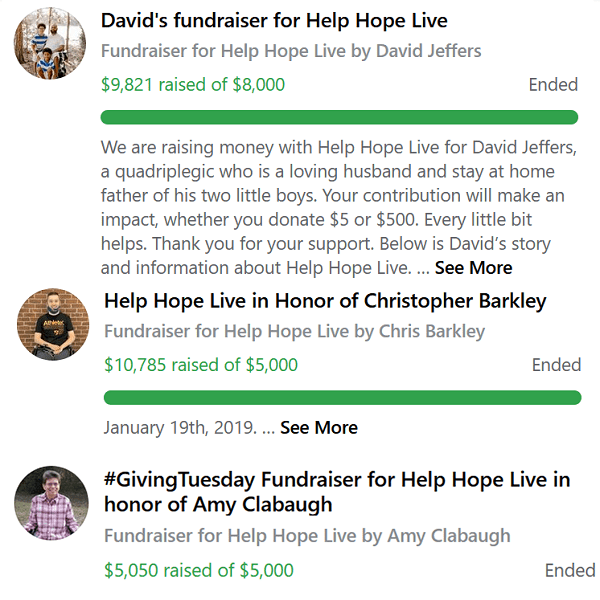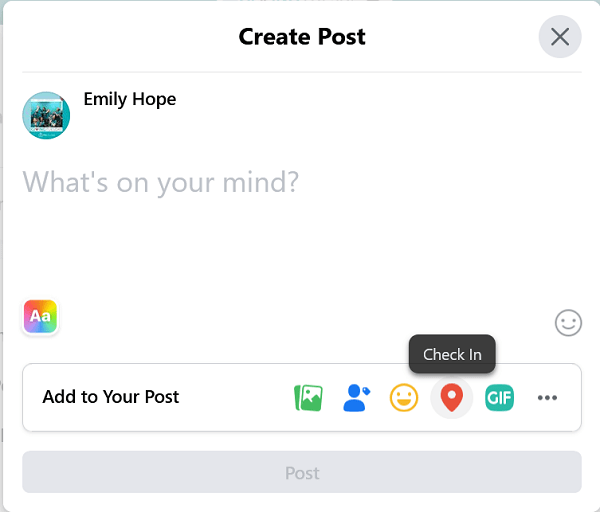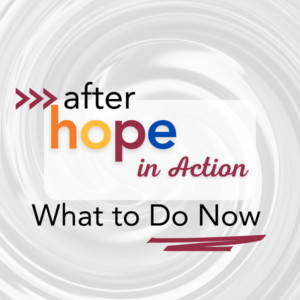Today is a great day to launch a Facebook Fundraiser for Help Hope Live!
Our client David Talkington and his wife, Sharon, shared these 9 powerful, proven tips to boost your Facebook fundraising success. Don’t forget to review our Facebook Fundraiser guidelines if this is your first time.
“It encourages people when you hit your goal. You can always raise it later.”
Start your Facebook Fundraiser with a low, achievable goal. When you reach it, your community will be encouraged to keep donating—and you can always increase the goal.
Keep in mind that your Facebook Fundraiser goal doesn’t have to match the goal on your Campaign Page. You can also hold multiple Facebook Fundraisers throughout the month or year instead of one big one.

“Don’t forget to invite friends to donate.”
You’ve published your Facebook Fundraiser—now, the real work begins! Instead of hoping that friends see your Fundraiser on their own, use the Invite feature to ask friends to donate.

“Show people what you’re fundraising for.”
As you launch your Facebook Fundraiser, brainstorm at least four ways to explain how donations make a difference.
Sharon and David recommend posting once per day. You can explain some of the medical costs you’re dealing with or highlight some of the particular items or services that donations will help bring within your reach, such as mobility gear.

“Don’t think Like and Comment—think Wow and Love.”
Plan your social content to get enthusiastic responses and real engagement, not just standard likes and comments. Can you share information about your journey or your medical costs that is surprising, unique, moving, unusual, thought-provoking, or eye-opening?
“Check in at Help Hope Live.”
Here’s one of the easiest tips you’ll hear: next time you post on Facebook, Check In at Help Hope Live! Sharon explains that doing so will provide an extra touchpoint and notification for your followers. It will also help others to understand your connection to the nonprofit, which leads into our next tip…

“This is not just another GoFundMe.”
Take the opportunity to explain to your followers why you’re working with Help Hope Live (you can tag us in the post using @helphopeliveorg). By donating to your Facebook Fundraiser, they aren’t just helping you—they are supporting a 4-star-rated national nonprofit that helps thousands of other people, too.
If you think your followers may appreciate a refresher on what makes us different from GoFundMe, you can remind them:
-Donations are tax deductible
-Help Hope Live has verified your medical need
-Funds raised with Help Hope Live won’t jeopardize your state-based benefits
-Help Hope Live manages all the funds raised to pay only legitimate medical and related expenses
Sharon and David also love to highlight how our personalized fundraising help has been a boon to their campaign. When followers can make the connection between your cause and our larger nonprofit mission, they will be more likely to donate.

“If it scares you, do it afraid.”
Sharon offered up one tip we especially love that applies to social posting, Facebook Fundraisers, and a whole lot more: do it even if you are afraid.
Make this the day that you take a leap with your social media outreach, whether it’s by going live for the first time or simply giving friends a little more insight into your medical journey than you usually do.
“Keep going!”
The one piece of advice that every campaign and Facebook Fundraiser can benefit from is, keep going and stay positive. Sharon didn’t immediately find success with Facebook Fundraisers, but she kept at it, and in May, her GivingTuesdayNow Facebook Fundraiser became one of her most successful fundraising efforts to date.
As Sharon pointed out, COVID-19 restrictions have made it more likely than ever for friends and family members to interact with social media content and participate in campaigns and giving days like GivingTuesday. Make the most of the resources you have, learn from those who have come before you, and never be afraid to “do it afraid.”
Thanks for the tips, Sharon and David!












